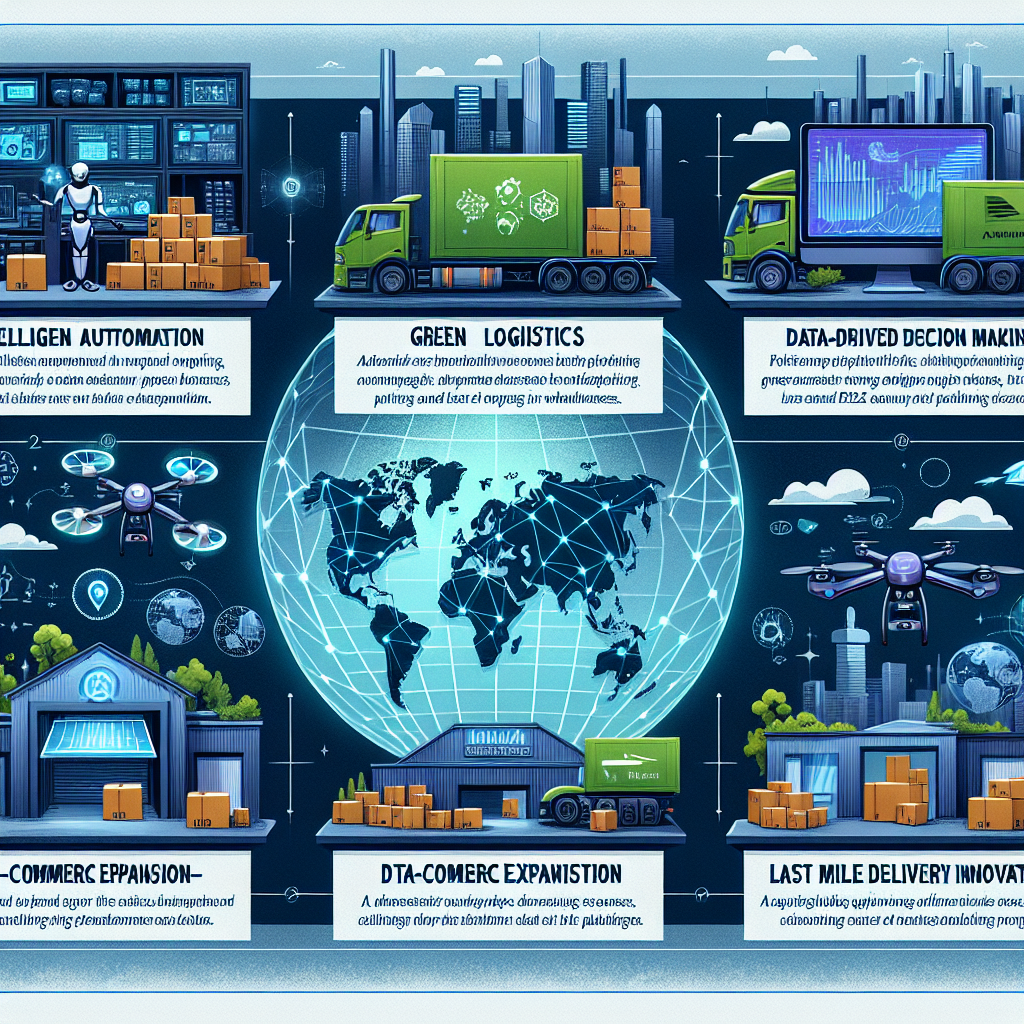The shipping and logistics industry is constantly evolving, driven by technological advancements, changing consumer demands, and global economic shifts. As we look ahead to 2025, several key trends are expected to shape the future of this dynamic sector.
1. Sustainability and Green Initiatives: With increasing awareness of environmental issues, there is a growing emphasis on sustainability in the shipping and logistics industry. Companies are investing in eco-friendly practices such as alternative fuels, electric vehicles, and carbon offset programs to reduce their carbon footprint. In 2025, we can expect to see a significant shift towards greener supply chain solutions as businesses strive to meet sustainability goals.
2. Digital Transformation: The adoption of digital technologies is revolutionizing the way goods are transported and managed throughout the supply chain. From blockchain for secure transactions to Internet of Things (IoT) for real-time tracking, digital transformation is streamlining operations and improving efficiency. By 2025, advanced data analytics and artificial intelligence will play a crucial role in optimizing logistics processes and enhancing decision-making capabilities.
3. Autonomous Vehicles and Drones: The use of autonomous vehicles and drones for last-mile delivery is gaining traction in the shipping industry. By 2025, we can expect to see an increase in the deployment of self-driving trucks and delivery drones to expedite deliveries and reduce costs. These innovative technologies have the potential to revolutionize logistics operations by enhancing speed, accuracy, and safety.
4. Supply Chain Resilience: The disruptions caused by the COVID-19 pandemic have underscored the importance of building resilient supply chains that can withstand unforeseen challenges. In 2025, companies will focus on diversifying sourcing strategies, implementing risk management protocols, and leveraging digital tools for enhanced visibility across the supply chain. Supply chain resilience will be a top priority for businesses looking to mitigate risks and ensure continuity in an increasingly volatile global market.
5. E-commerce Growth: The rise of e-commerce has transformed consumer behavior and created new opportunities for the shipping and logistics industry. By 2025, online retail sales are projected to continue growing rapidly, driving demand for efficient fulfillment services and innovative delivery solutions. Logistics providers will need to adapt to changing customer expectations by offering faster shipping options, flexible delivery schedules, and seamless returns processes.
In conclusion, the shipping and logistics landscape in 2025 will be shaped by sustainability efforts, digital innovation, autonomous technologies, supply chain resilience, and e-commerce growth. Companies that embrace these trends proactively will be well-positioned to thrive in an increasingly competitive marketplace where agility and adaptability are key success factors.


Leave a Reply